3 January 2025
Wearable technology has gone from being a futuristic concept to an everyday reality. From smartwatches to fitness trackers, wearables have become an integral part of our lives. But what’s even more fascinating is how these devices seamlessly interact with our mobile ecosystems. The role of wearable tech in mobile ecosystems is rapidly evolving, and it’s shaping the way we navigate this digital landscape. Whether you’re a tech enthusiast or just someone curious about where this trend is heading, let’s dive into how wearables are influencing and integrating into mobile ecosystems.
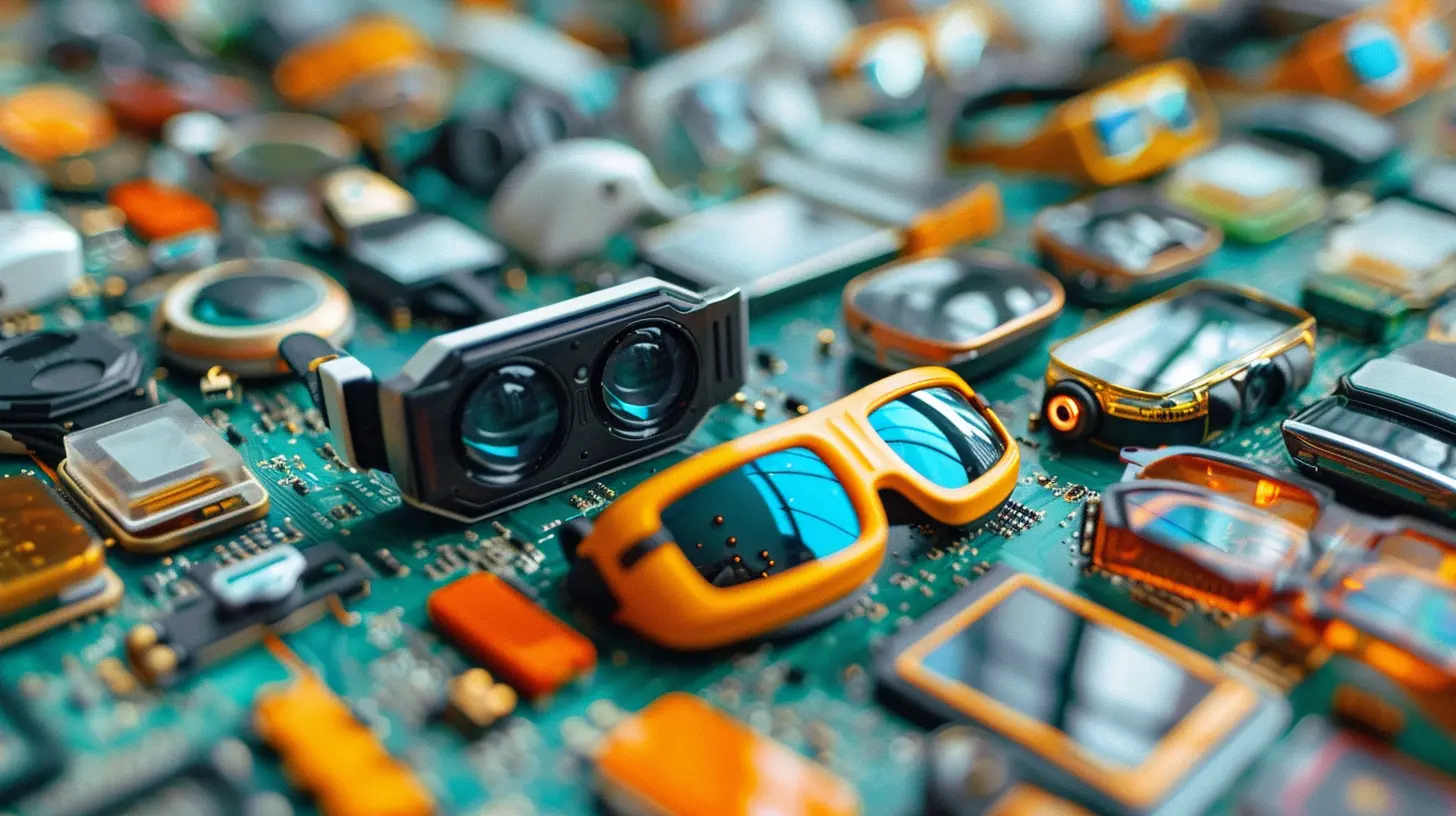
What Exactly Is Wearable Technology?
Before we get ahead of ourselves, let’s break it down: What do we mean by wearable tech? In simple terms, wearable technology refers to gadgets and devices that you can wear on your body. These devices are equipped with sensors, software, and connectivity features that allow them to perform various tasks, usually in sync with your smartphone or another mobile device.Think of them as your tech sidekick, helping you keep track of your health, stay connected, or even make payments—without having to pull out your phone. Wearables include:
- Smartwatches (like the Apple Watch or Samsung Galaxy Watch)
- Fitness trackers (think Fitbit or Garmin)
- Smart glasses (Google Glass, anyone?)
- Smart rings
- VR headsets
- Wearable cameras
These devices are designed to be lightweight, unobtrusive, and most importantly, functional. But what’s truly revolutionary is how they’re becoming an essential extension of our mobile ecosystems.

The Mobile Ecosystem: A Quick Refresher
A mobile ecosystem refers to the interconnected network of devices, apps, and services that work together to provide a seamless user experience. At the center of this ecosystem is your smartphone, but it also includes tablets, laptops, smart home devices, apps, and cloud services.For example, an Apple user’s mobile ecosystem might include an iPhone, an Apple Watch, AirPods, and a MacBook, all of which communicate effortlessly via iCloud and other Apple-specific services. Android users can have a similar experience with Google services, Samsung devices, and a wide range of third-party apps.
Now, imagine adding wearables to this ecosystem. When done right, wearable tech enhances this interconnected experience, making the ecosystem even more integrated and functional.
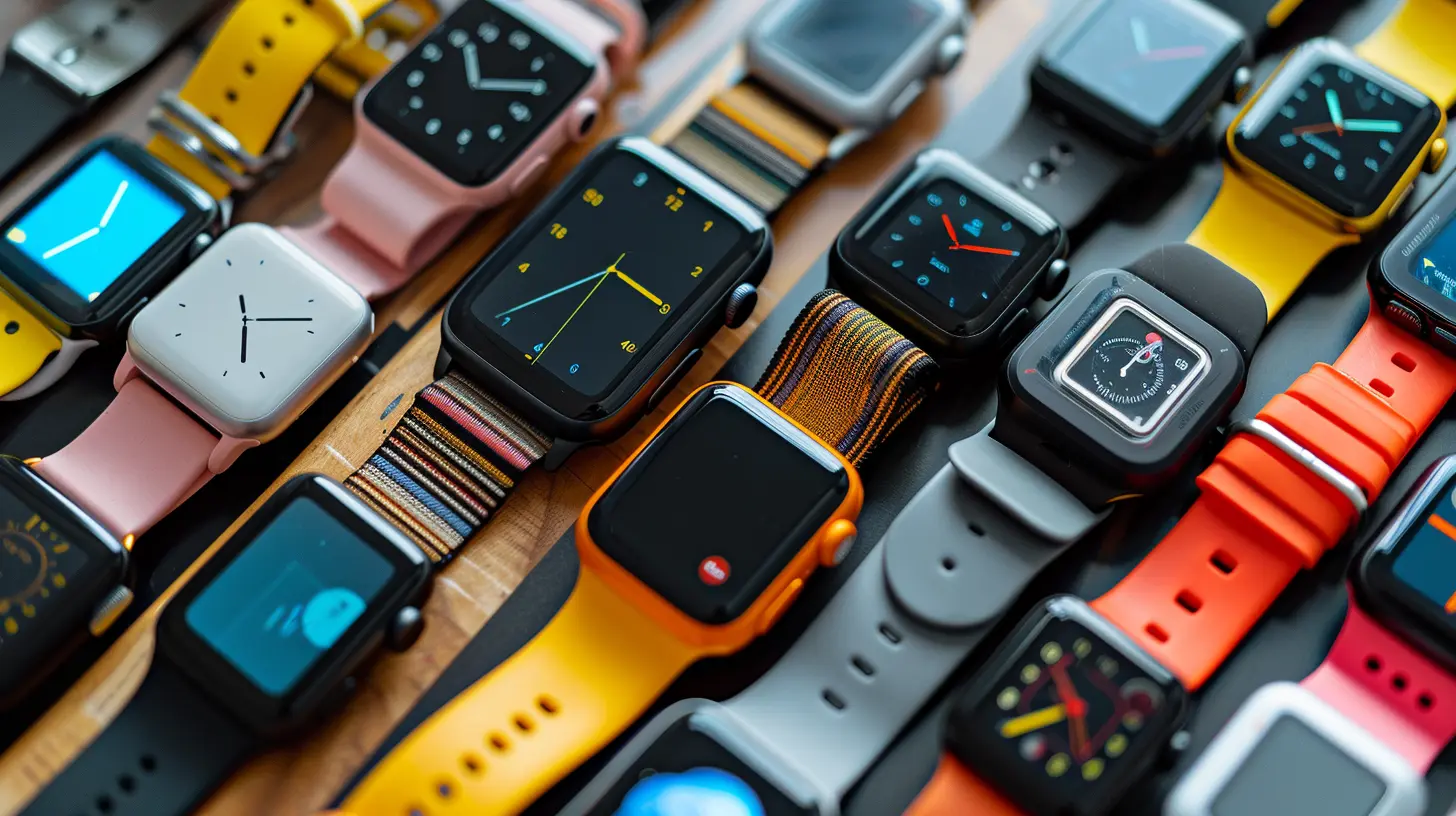
How Wearable Tech Fits into the Mobile Ecosystem
Wearable tech doesn’t exist in isolation. The real beauty of these devices is how they complement and enhance the functionality of the mobile ecosystem. Let’s look at some ways wearable technology fits perfectly into this digital puzzle.1. Health and Fitness Tracking
One of the most obvious uses for wearables, especially smartwatches and fitness trackers, is health monitoring. These devices can track your heart rate, steps, sleep patterns, and even stress levels. But here’s where it gets interesting. Wearables like the Apple Watch or Fitbit don’t just store that data locally; they sync it with your smartphone, where it’s analyzed and presented in a digestible format via apps.For Apple users, this is all integrated within the Health app, while Android users can rely on Google Fit or third-party apps. These apps then connect with other services like MyFitnessPal or Strava, making it easy to share your data across platforms. The wearable becomes a passive collector of important health metrics, while your smartphone, in this case, acts as the hub for deeper insights and actions.
2. Notifications and Quick Interactions
Let’s face it, constantly checking your phone can be a bit annoying, not to mention distracting. This is where wearables come in. A smartwatch, for instance, can display notifications for calls, texts, emails, and social media updates directly on your wrist.But it’s not just about convenience. Wearables allow you to manage these notifications in a smarter way. You can quickly glance at an incoming message and decide whether it requires immediate attention or if it can wait. Plus, many smartwatches now allow you to respond to messages, dismiss calls, or even dictate replies—all without pulling out your phone.
This transforms the mobile ecosystem into something far more fluid and efficient. It’s like having a personal assistant that filters out the noise and lets you focus on what really matters.
3. Voice Assistants and Smart Controls
Another area where wearable tech shines is through its integration with voice assistants. Devices like the Apple Watch or Galaxy Watch come equipped with Siri or Bixby, allowing you to control your smartphone or smart home devices with just your voice.Imagine you’re cooking dinner and need to set a timer. No need to fumble with your phone—just ask your watch. Or maybe you’re driving and need directions to the nearest gas station. A simple voice command to your smartwatch can get you there, all while keeping your hands on the wheel.
These wearables aren’t just accessories; they’re evolving into powerful control centers for your entire mobile ecosystem.
4. Payments and Security
Wearables are also revolutionizing how we handle payments and security. With services like Apple Pay, Google Pay, and Samsung Pay, you can now make contactless payments directly from your smartwatch. This is particularly handy when you’re out for a run and don’t want to carry your wallet or phone.But it’s not just about payments. Wearables also add an extra layer of security to your mobile ecosystem. Some devices come with biometric authentication like heart rate recognition or even ECG, making them harder to hack or steal compared to traditional passwords.
In a world where data breaches are becoming more common, wearables provide a unique form of security that’s always with you—literally.
5. Entertainment and Media Control
Wearables aren’t just about utility; they’re also about fun. Imagine controlling your Spotify playlist from your smartwatch while you’re on a run, or adjusting the volume of your smart speakers without leaving the couch. Wearables allow you to manage your media experience in a much more intuitive, hands-free way.And it’s not just audio. Devices like VR headsets (which could be considered wearables too) are transforming how we consume content, offering immersive experiences that connect with our mobile devices. Whether it’s watching a movie or playing a game, wearables are introducing a new level of engagement in the entertainment space.

The Future of Wearables in Mobile Ecosystems
So, what does the future hold for wearable technology within the mobile ecosystem? Well, the sky’s the limit. As technology advances, we can expect wearables to become even more integrated, efficient, and indispensable.Here are a few trends to keep an eye on:




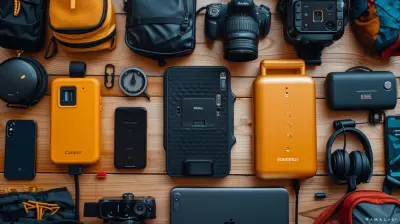
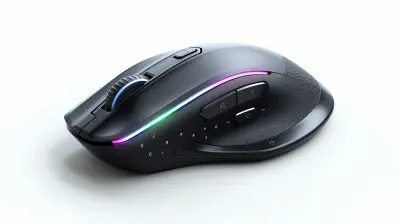

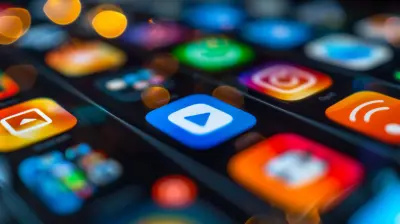



Flint McCaw
Great insights! Wearable tech really is reshaping how we interact with our mobile devices every day.
March 24, 2025 at 1:10 PM